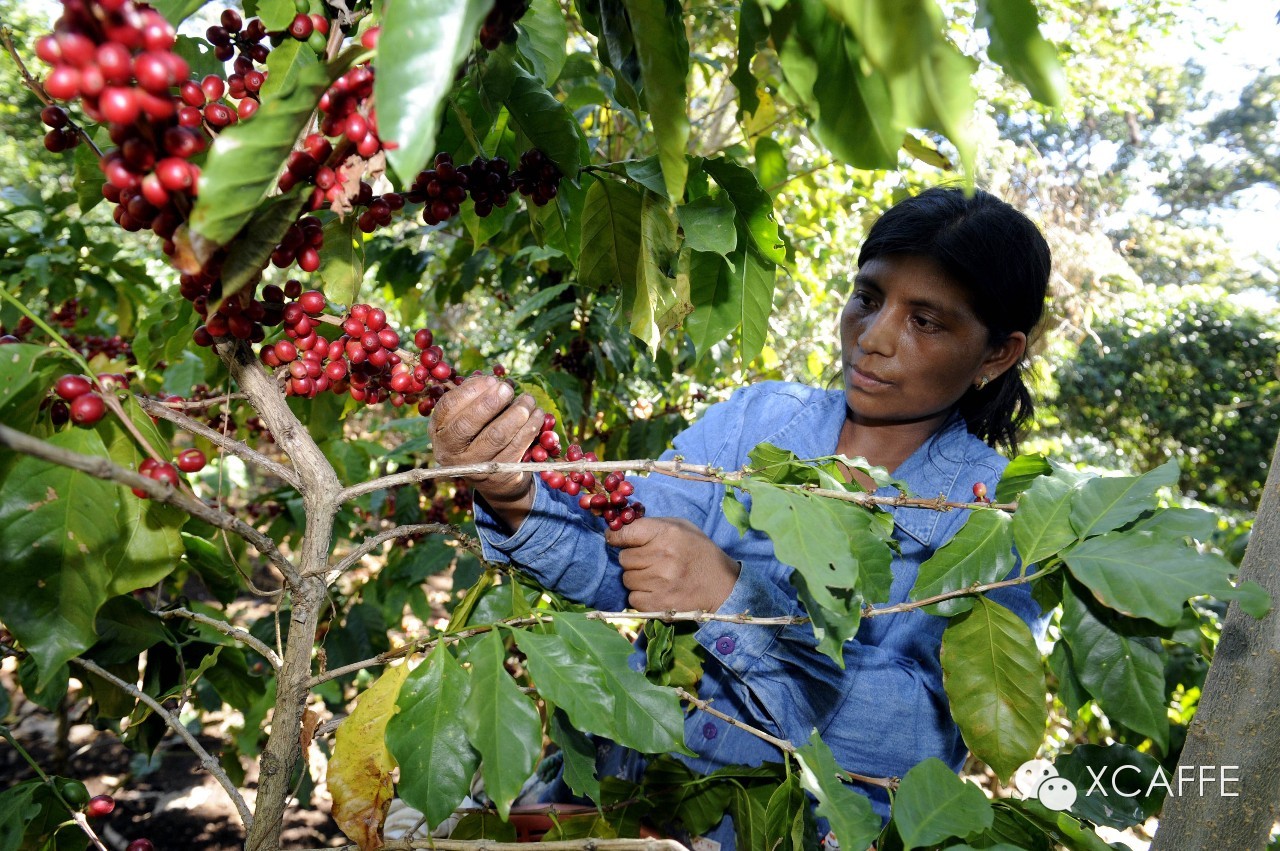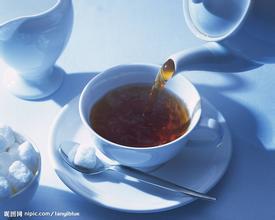Introduction to boutique coffee-Guatemala
Guatemala is bordered by Mexico to the north, Honduras and El Salvador to the south, the Caribbean to the east and the Pacific Ocean to the west, with tropical rain forests, volcanic geology, plateau valleys and changeable microclimate.
The average elevation of dangerous countries is high, with coffee belts distributed above 1500 meters and between 14 and 16 degrees north latitude, it is the easiest to grow extremely hard beans, all of which are washed, of which 45% belong to fine grade, the proportion is quite high, and there are also a small amount of Robusta.
Dangerous coffee varieties are mainly bourbon, Tibika, Kaduai, Kaddura, there are also a small number of yellow bourbon, Rosa and Pacamara, the variety is quite diverse, but it is also commendable to retain the ancient Tibica and bourbon.
Guatemala's extremely hard beans are famous for their elegant, sour, clean, well-structured, as well as sour apples, berries, jasmine, orange peel, green pepper, sweet and sour fruit, sweet chocolate, and even smoky aftertaste.
Such a rich regional flavor should be related to the soil and water in the eight major producing areas of the dangerous country. Among them, the five producing areas of Antigua, Ekat Nango Valley, Attilan, St. Mark and Huaiqiang belong to volcanic geology. In addition, Vivetta Nanguo, Koban and New Oriental producing areas belong to the climate of non-volcanic highlands or tropical rain forests. Guatemala is home to more than 300 microclimates, making it the largest in the world.
Han Huaizong, teacher "Coffee Studies"

Important Notice :
前街咖啡 FrontStreet Coffee has moved to new addredd:
FrontStreet Coffee Address: 315,Donghua East Road,GuangZhou
Tel:020 38364473
- Prev

Introduction to Manning Coffee, which is considered to be the mellow coffee in the world.
Manning coffee is considered to be the full-bodied coffee in the world. When tasting Mantenin, you can feel obvious lubrication on the tip of the tongue and low acidity at the same time, but this acidity can also be obviously tasted. Leaping slight acid mixed with strong aroma, so that you can easily feel the lively factor in the mild fragrance. In addition, this kind of coffee has a touch of soil.
- Next

Indonesian Bali Cat Poop Coffee with Unique Flavor and Special Flavor Introduction
Cat poop coffee is produced from the feces of Indonesian coconut cats (a civet cat), so it is called cat poop coffee. This kind of animal mainly feeds on coffee beans. After fermentation in coconut cat stomach, protein is destroyed, short peptides and more free amino acids are produced, the bitter taste of coffee will be reduced, and the feces discharged will be the main raw material. Since coffee beans cannot be digested, they will be digested.
Related
- Does Rose Summer choose Blue, Green or Red? Detailed explanation of Rose Summer Coffee plots and Classification in Panamanian Jade Manor
- What is the difference between the origin, producing area, processing plant, cooperative and manor of coffee beans?
- How fine does the espresso powder fit? how to grind the espresso?
- Sca coffee roasting degree color card coffee roasting degree 8 roasting color values what do you mean?
- The practice of lattes: how to make lattes at home
- Introduction to Indonesian Fine Coffee beans-- Java Coffee producing area of Indonesian Arabica Coffee
- How much will the flavor of light and medium roasted rose summer be expressed? What baking level is rose summer suitable for?
- Introduction to the characteristics of washing, sun-drying or wet-planing coffee commonly used in Mantenin, Indonesia
- Price characteristics of Arabica Coffee Bean Starbucks introduction to Manning Coffee Bean Taste producing area Variety Manor
- What is the authentic Yega flavor? What are the flavor characteristics of the really excellent Yejasuffi coffee beans?

